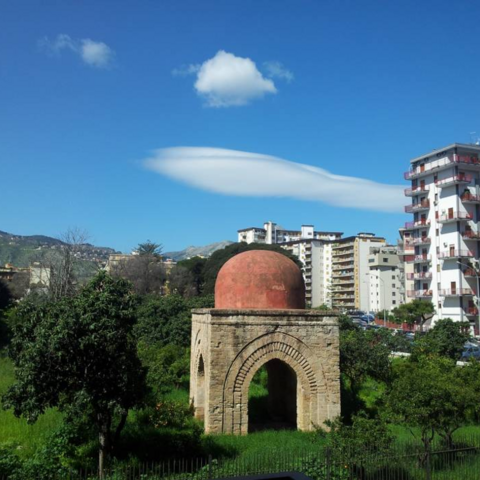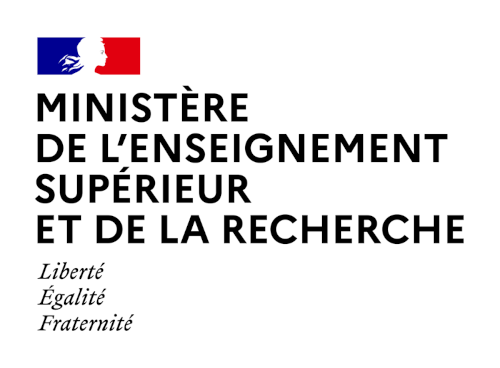Ponente:
-
Dana Katz
Fellow MIAS - François Chevalier
Casa de Velázquez
Sala Widor
Horario: 11:30-13:30
El seminario también será accesible online.
Gracias por rellenar el formulario para obtener el link de acceso.
Resumen
In the twelfth century, the Norman kings of Sicily created circuits of parklands to surround their capital Palermo. Modeled on elite Islamic estates, these rulers carved monumental lakes into the terrain and ordered curated parks where new species of plants and animals were introduced. Their parkland palaces were the nuclei of these greenspaces. By the second half of the century, they were built on axial plans with honeycombed muqarnas vaults and had monumental inscriptions in Arabic exalting these Christian kings. At the same time as the creation of this immense landscape project unequaled until modernity, William I (r. 1154–66), and later, his son, William II (r. 1166–89), became increasingly less tolerant toward their Muslim subjects. This local population was marginalized, facing persecution and even systematic assimilation. As part of this exploration of the intersection of landscape, architecture, and interfaith relations in a pre-modern Mediterranean hegemonic society, modern scholarly interpretations of other frontier societies will be considered, among which Muslim Iberia is a leading case study in relation to medieval Sicily.














